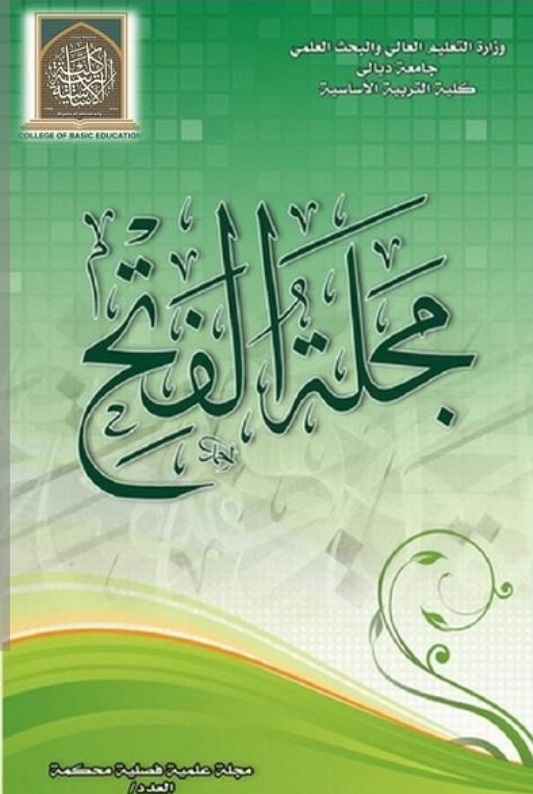EFFECT OF SURFACE ROUGHNESS FOR WORKPIECE AND TAPER DIE ON FULL ELASTO HYDRODYNAMIC LUBRICATION (FEHL) IN ALUMINUM COLD DIRECT EXTRUSION WITH MAXIMUM REDUCTION
DOI:
https://doi.org/10.23813/FA/2009/13/1/18Abstract
To reduce friction effects in extrusion process, the contact surfaces
must be separated by lubricant film .One of the technique is FEHL, in
which the oil film produces from plastic and elastic deformation for
workpiece and die respectively along working zone, and this process
happens if the extrusion speed equals or greater than critical speed.
The surface roughness for workpiece and die in extrusion process
represent significant parameters on this technique. So that it must be
limited a range in which FEHL is commences. In present work the
range of surface roughness degrees are estimated in direct extrusion of
1060.1 aluminum alloy by using taper die made from alloy steel with
maximum extrusion ratio (Ao /Ai) equals to 2.77. Calculations of
plastic deformation in billet of aluminum at each point along working
zone are done by using a numerical modeling of hydrodynamic
lubrication. This modeling is based on finite difference method, and
that leads to find out the distribution of pressure along forming zone
distance, and new variation of film thickness
References
-Muthanna,H.,S.,.Jamal,M.,H.,and Somer, M.,N., “Numerical
Solution of Hydrodynamic and Elasto- hydrodynamic Lubrication
in Cold Extrusion”,7thInternationalConference of The Egyptian
Society of Tribology (EGTRIB7),PP.A6-A17 ,2006.
-Sergio, T., B., “Numerical Simulation of Hydrodynamic Lubrication
in cold extrusion”, Departmento de Engenharia de Materiais, - Caixa
Postal 6122, 13083-970 - Campinas – S , 2001.
Additional Files
Published
How to Cite
Issue
Section
License
Copyright (c) 2009 http://creativecommons.org/licenses/by/4.0

This work is licensed under a Creative Commons Attribution 4.0 International License.
حقوق النشر والترخيص
تطبق مجلة الفتح للبحوث التربوية والنفسية ترخيص CC BY (ترخيص Creative Commons Attribution 4.0 International). يسمح هذا الترخيص للمؤلفين بالاحتفاظ بملكية حقوق الطبع والنشر لأوراقهم. لكن هذا الترخيص يسمح لأي مستخدم بتنزيل المقالة وطباعتها واستخراجها وإعادة استخدامها وأرشفتها وتوزيعها ، طالما تم منح الائتمان المناسب للمؤلفين ومصدر العمل. يضمن الترخيص أن المقالة ستكون متاحة على نطاق واسع بقدر الإمكان وأن المقالة يمكن تضمينها في أي أرشيف علمي.
لمزيد من المعلومات، يرجى متابعة الرابط: https://creativecommons.org/licenses/by/4.0/.



